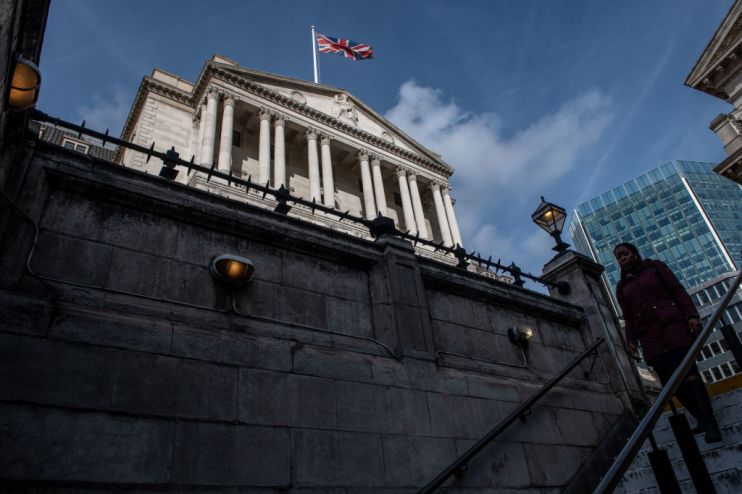Latest borrowing figures pose headache for Hunt ahead of Autumn Statement

October’s borrowing figures provided a mixed message for Chancellor Jeremy Hunt as he puts the finishing touches to tomorrow’s Autumn Statement.
The government has borrowed £17bn less in the current financial year than initially forecast by the Office for Budget Responsibility (OBR) in March.
Government finances have received a boost from wage growth and fiscal drag, thanks to frozen tax thresholds. Growth has also been stronger than expected in the year so far.
Given this, the Chancellor is likely to have significantly more headroom than six months ago to meet his key fiscal target of getting debt falling as a percentage of GDP by the fifth year of the OBR’s forecast.
In March, Hunt had just over £6bn of headroom to meet the rule. Now, he could have anywhere from £15bn to £25bn, according to different estimates.
Giveaways – whether for businesses or households – look certain and the rumour mill has been running wild.
But October’s borrowing figures presented a bleaker picture. Borrowing for the month was £1.2bn more than the OBR expected, breaking a run of three consecutive undershoots.
The overshoot reflects higher than expected government expenditure after it offered public sector workers a pay rise. This is the flip side of the government’s inflation windfall – it needs to offer higher wages to the public sector.
In fact, economists at the Resolution Foundation have suggested that the Chancellor’s headroom is largely illusory. If the government does not increase public spending, then the public sector will face significant spending cuts in real terms.
In addition, over the coming months the government will be forced to spend ever larger amounts on interest. In October alone it paid around £7.5bn in interest payments, the highest monthly total for October on record.
The UK is unusual in having a large proportion of its debt repayments tied to inflation. About a quarter of government debt is tied to inflation, about double other large economies.
This means that as inflation has increased, the government has been forced to pay more to meet its debts. The three biggest monthly interest bills since records began have all been in the last two years.
Although inflation has fallen from its recent peaks, it remains more persistent than the OBR had expected back in March. The Bank expects it to remain above target until the end of 2025.
Samuel Tombs, chief UK economist at Pantheon Macroeconomics, said that “October’s data likely are more indicative of the trend over the coming months.”
But Hunt is likely to focus on the good news, particularly with an election looming.
“Solving the UK’s fiscal arithmetic looks set to be left to the winner of the upcoming general election,” Martin Beck, chief economic adviser to the EY Item Club said.